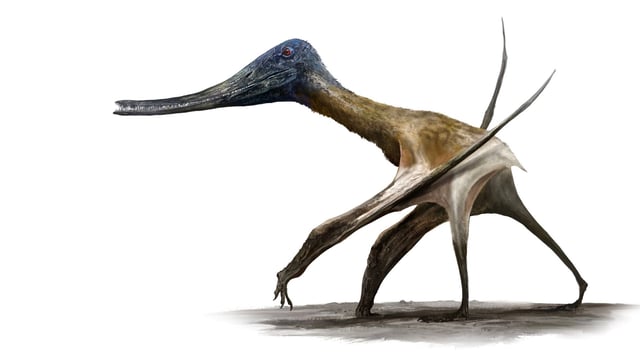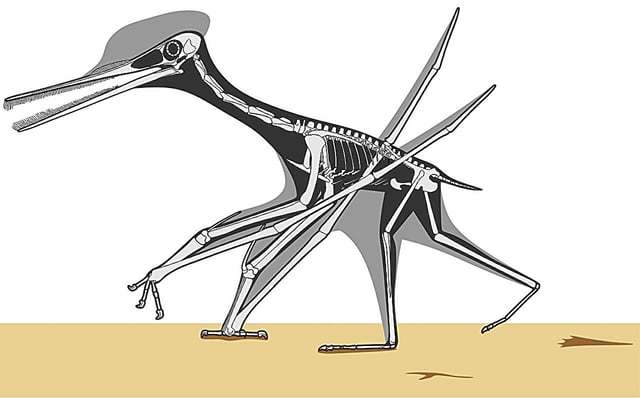Overview
- University of Leicester researchers used 3D modeling to match fossilized footprints to specific pterosaur groups, confirming their mid-Jurassic shift to terrestrial locomotion.
- The study identifies three distinct footprint types linked to neoazhdarchians, ctenochasmatoids, and dsungaripterids, illuminating their varied lifestyles and habitats.
- Neoazhdarchian tracks, including those of Quetzalcoatlus, show these large pterosaurs were frequent ground dwellers in both coastal and inland environments until their extinction 66 million years ago.
- Ctenochasmatoid footprints, found in coastal deposits, suggest these needle-toothed pterosaurs waded in shallow waters, with their abundance indicating they were more common than body fossils suggest.
- Dsungaripterid footprints, discovered alongside skeletons, reveal specialized shell-crushing feeding behaviors, providing new insights into their ecological roles.

